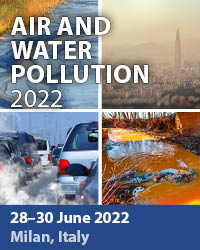Geochemical And Geophysical Characterisation Of A Municipal Solid Waste Landfill
Price
Free (open access)
Transaction
Volume
81
Pages
8
Published
2005
Size
739 kb
Paper DOI
10.2495/ECO050461
Copyright
WIT Press
Author(s)
G. Siracusa, A. D. La Rosa, G. Giuffrida & A. Leotta
Abstract
An application of an integrated approach including geochemical analyses and geophysical investigations, aimed at the detection of possible leaks originating from an urban solid landfill, is proposed. The objective of the subsurface geophysical investigation was to use non invasive methods to delineate buried waste zones. The information collected in this investigation may be useful to locate possible leachate pockets and to optimize subsequent sampling and remediation. Methods used at the site focused on the electrical insulating properties of the nonmetallic (glass, plastic) containers and the electrical conducting properties of possible leaking fluids and clay soil. As a case study the example of a municipal solid waste landfill, located in SE Sicily, is presented. Keywords: geophysics, resistivity, tomography, landfill, liquid percolation, leachate. 1 Introduction Leachate plumes originating from municipal solid waste (MSW) landfills are potential sources of contamination for water resources, including ground and surface water and littoral environments, where the naturalistic equilibrium may be severely influenced if exposed to pollution [1,2]. The related consequences for the mentioned ecosystems are difficult to be evaluated and sometimes cannot be predicted. For these reasons and in order to prevent leakage from MSW landfills, a preliminary detailed geological investigation is usually done to
Keywords
geophysics, resistivity, tomography, landfill, liquid percolation, leachate.





